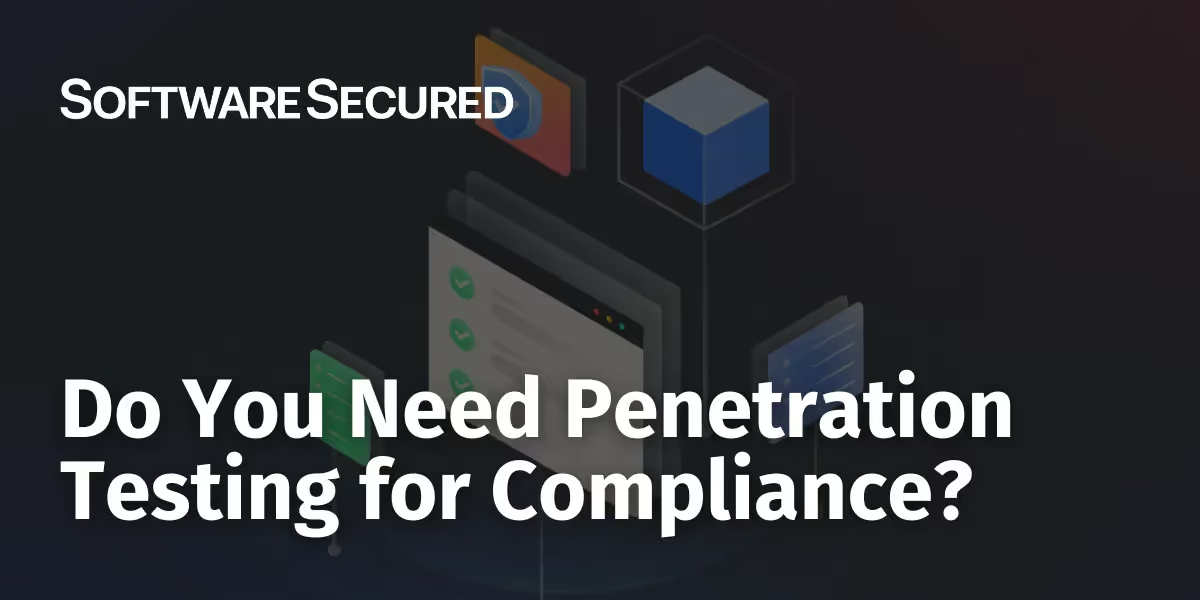Mastering SLAs: 4 Ways to Meet Your Deadlines
Learn what SLAs mean in penetration testing and vulnerability management, and how to meet SLAs within the appropriate time.
An SLA stands for service level agreement and is a documented agreement between a service provider and a customer that identifies the services required and the expected level of that service. SLAs play an important role in penetration testing. They establish a baseline understanding between the client and provider on what should be expected during the engagement. This article will cover what an SLA is and how it is important to ensure you get quality service from your service provider.
The Role and Importance of Service Level Agreements (SLAs) in Cybersecurity
Service Level Agreements (SLAs) are essential in cybersecurity for defining roles, responsibilities, and expectations between service providers and clients. They establish clear standards for security performance, including minimum service levels and incident response times, ensuring systematic risk management and mitigation. SLAs promote cost efficiency by aligning cybersecurity investments with critical needs and risk profiles. By formalizing cybersecurity measures and guidelines, SLAs foster a proactive security culture and facilitate transparent communication between parties. These agreements serve as strategic enablers, driving improved security practices, enhancing operational efficiencies, and cultivating a resilient security environment. SLAs are widely used across various sectors and organization sizes, from small enterprises to large corporations and government entities.
The Importance of SLAs in Penetration Testing
SLAs are essential in ensuring clients are satisfied with their pentest provider's performance. It's important to understand that SLAs do not define how the service is provided or delivered but rather focus on service standards. A good SLA is important because it sets clear boundaries and expectations between a customer and a provider. An SLA ensures services are delivered as expected and reduces the chances of disappointment. In the context of a pentest, some of the things you may want to include in your SLA are the testing methodologies that will be used, what infrastructure components will be tested when the testing will occur, the objective of the test and what will be included in the report.

SLAs should be customized to your organization's needs and reflect the amount of sensitive data that could be exposed in a cyber attack. If your application(s) collects sensitive or confidential data, an evaluation should be conducted to determine realistic and suitable timelines for your team. In addition to the testing itself, SLAs are important for setting the guidelines and priorities for the dev team regarding remediated vulnerabilities to meet customer expectations. Overall, SLAs are the customers' chance to ensure the service meets their expectations.
The Role of Service Level Agreements (SLAs) in Enhancing Cybersecurity Culture and Practices within Organizations
Service Level Agreements (SLAs) play a crucial role in cultivating a proactive security culture within organizations. By establishing clear standards and performance metrics, SLAs prevent poor security practices and formalize the importance of cybersecurity measures. These agreements provide explicit guidelines for implementing and monitoring security protocols, ensuring all stakeholders maintain a heightened awareness of information security issues. The proactive approach fostered by SLAs encourages continuous improvement, learning, and adaptation—essential qualities in the face of ever-evolving cyber threats. By setting clear expectations and accountability, SLAs drive operational efficiency and resilience, creating a framework for organizations to consistently evaluate and enhance their security posture. This structured approach not only improves overall security practices but also promotes a culture of vigilance and responsiveness to potential vulnerabilities.
Implementing SLAs
When implementing an SLA, it can be useful to use generic templates, but they will need to be customized based on your organization's specific needs. For example, the standard SLA timelines will not fit everyone, and it is crucial to set SLAs based on your particular situation. The following specific information must be defined in your organization's Service Level Agreement (SLA):
- What needs to be done in any security-relevant situation;
- How often, by whom, by when; and
- An effective way to track your organization’s compliance with its security policies.
It would be best if you had specific internal SLAs for addressing vulnerabilities discovered during scanning or pen-testing activities. These should be assigned a severity level appropriate to the type of vulnerabilities that it addresses. These could vary based on the risk potential of the specific target or the context around the vulnerability.
Your SLA should mandate that known open security issues and/or defects should be tracked in a common database or issue-tracking system. This database should be regularly maintained and audited by a security leader. Any collection of issues approaching or expiring the SLA date should be discussed among management, security focals, and development to ensure that nothing is forgotten or overlooked. Regularly scheduled meetings with stakeholders could be an ideal way to discuss issues together.
How to meet SLAs
1. Set realistic expectations and SLAs
The first step to meeting your SLAs is to set realistic expectations for delivery. You won’t meet your SLAs if there is no process for determining specific SLA-related numbers. These numbers need to take into account your IT and business context. Once you have quantified what it takes to meet your SLA’s goals, you can devise a process for meeting those targets. During the expectation setting, you should consider client and compliance requirements, not just your business requirements.
2. Set different SLAs for different projects
Depending on the application (web/mobile, desktop, cloud etc), there may need to be different SLAs based on the context of the application. Some may have more sensitive requirements than others, which needs to be considered when defining your SLAs. Each project should be looked at on an individual basis to create SLA requirements that make sense based on that situation.
3. Make SLA internal work trackable
The only way you can be sure that you are meeting your SLA is to have data on your performance. You should ensure you are tracking data from your team when meeting SLAs. For example, for each vulnerability found during a penetration test, track how long it took to remediate the vulnerabilities compared to your SLA’s expectations. If you can measure metrics surrounding SLA timelines, you will better understand where your team is succeeding and meeting SLA timelines and when they are not. A common method for this is to assign a timeline for remediation for each severity of vulnerability, such as 180 days for lows, 90 days for medium, 30 for high, 15 for critical etc. This way you can ensure that all vulnerabilities are being remediated promptly and the criteria for success/failure are clear.
4. Regularly audit and review SLA timelines
Businesses and their environments are dynamic, things are always changing, and your SLAs should reflect continuous work and improvement. By reviewing and auditing regularly, you can change things that are not working for your team. You can also evaluate what is going well, how you succeeded, and how this can be implemented across the business.
Conclusion
An SLA stands for service level agreement, and it is simply a documented agreement between a service provider and a customer that outlines the services required and the expectations around them. To meet an SLA, it's important for companies to have quantifiable expectations and to track your organization's ability to meet these expectations. SLAs are important because they ensure that service providers meet customer expectations. Some tips to help service providers meet SLAs include designing achievable SLAs, communicating SLAs to employees, and monitoring SLA compliance. While SLAs may not capture the dynamic nature of cybersecurity and the evolving threat landscape, they can still provide a valuable framework for ongoing collaboration and communication between the client and the service provider. By regularly reviewing and updating the SLAs, both parties can adapt to the changing security landscape and ensure that the penetration testing remains effective and relevant. Software Secured offers its vulnerability management Portal to all clients that allows you to customize your SLAs based on each project's unique requirements. This helps us to ensure that all our clients are satisfied with the work that we provide and meet their internal deadlines around vulnerability remediation.




